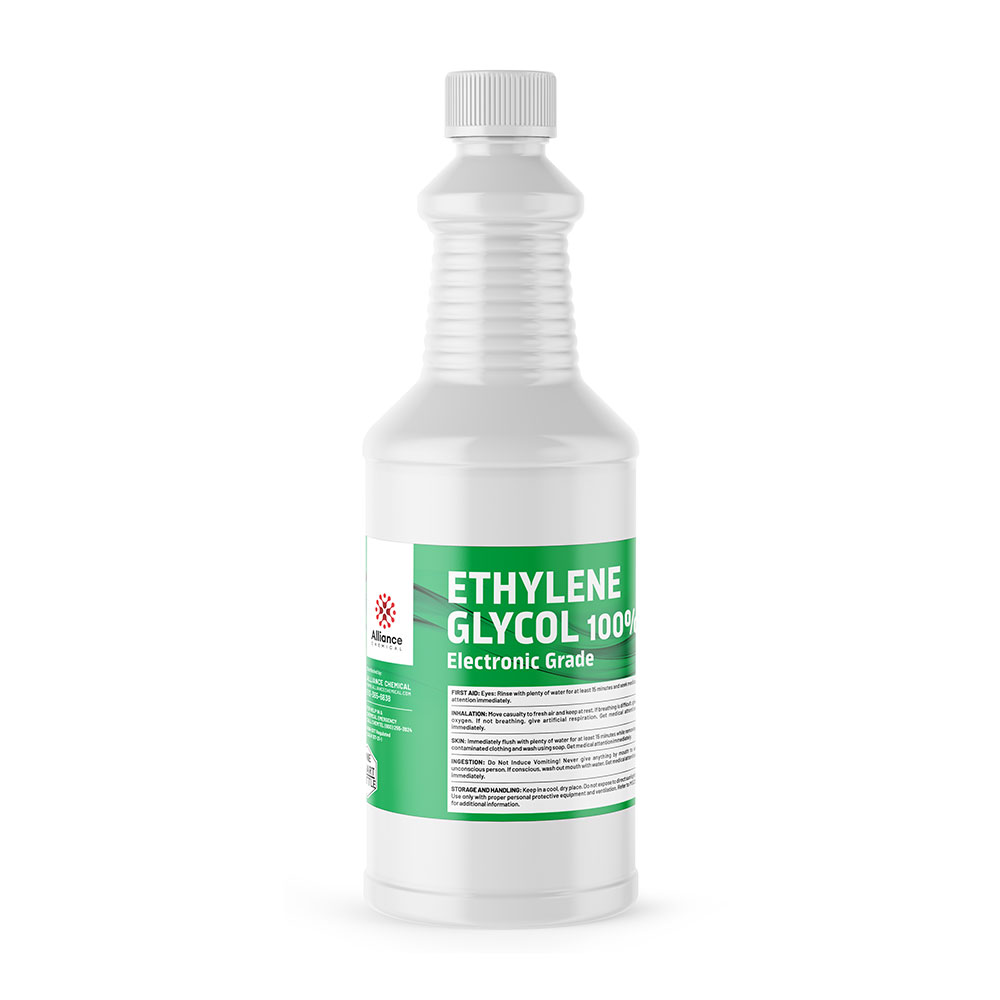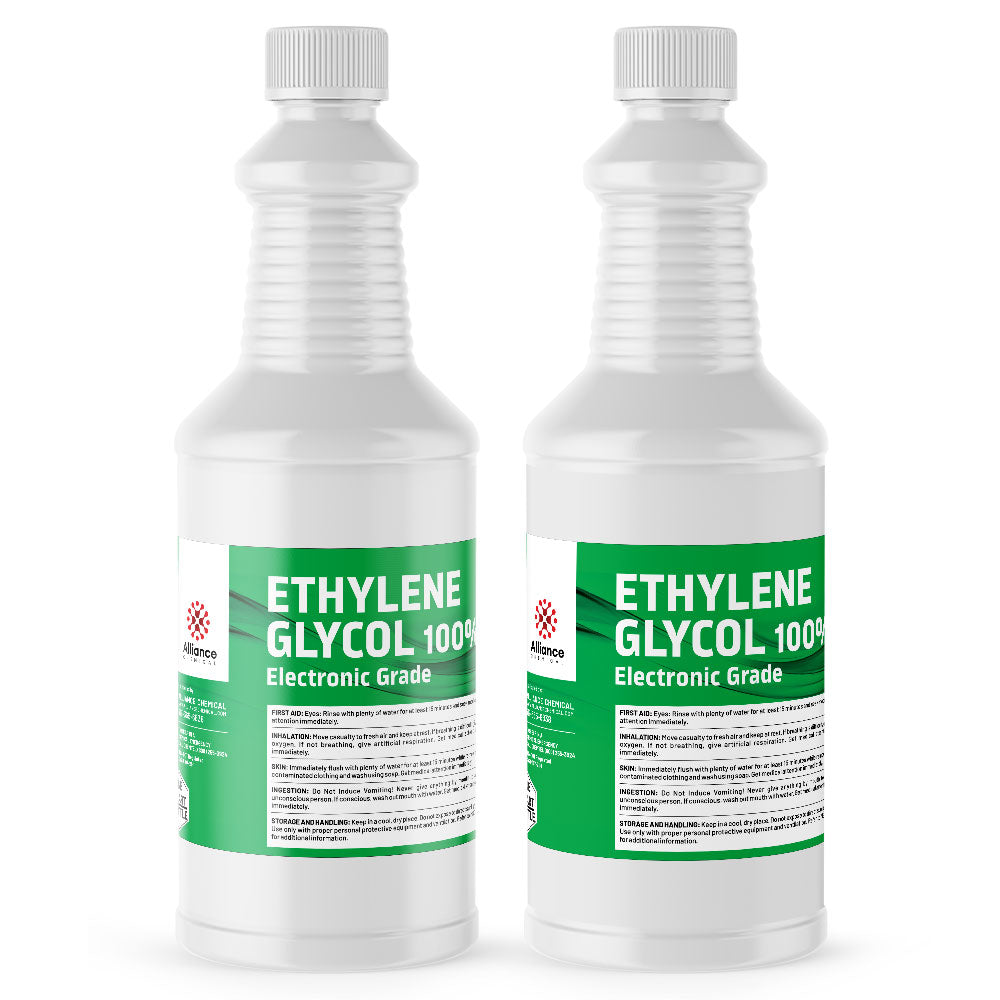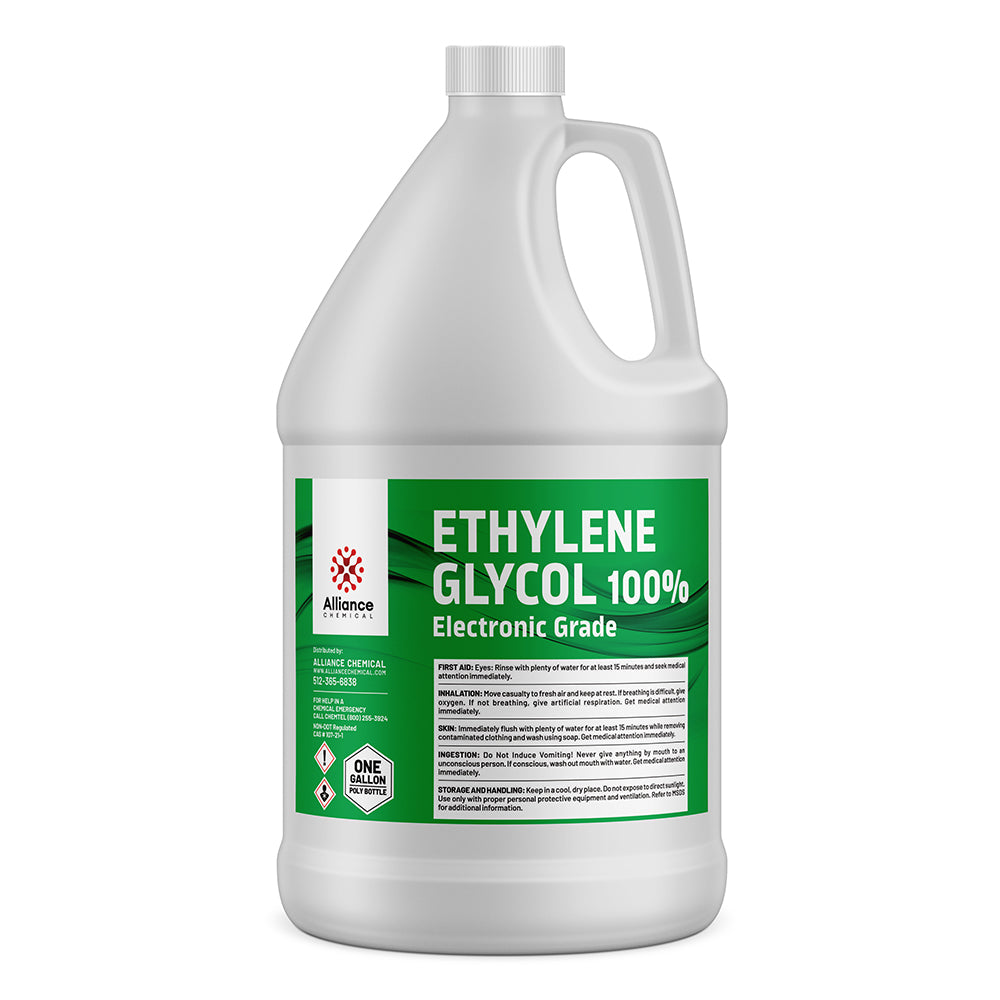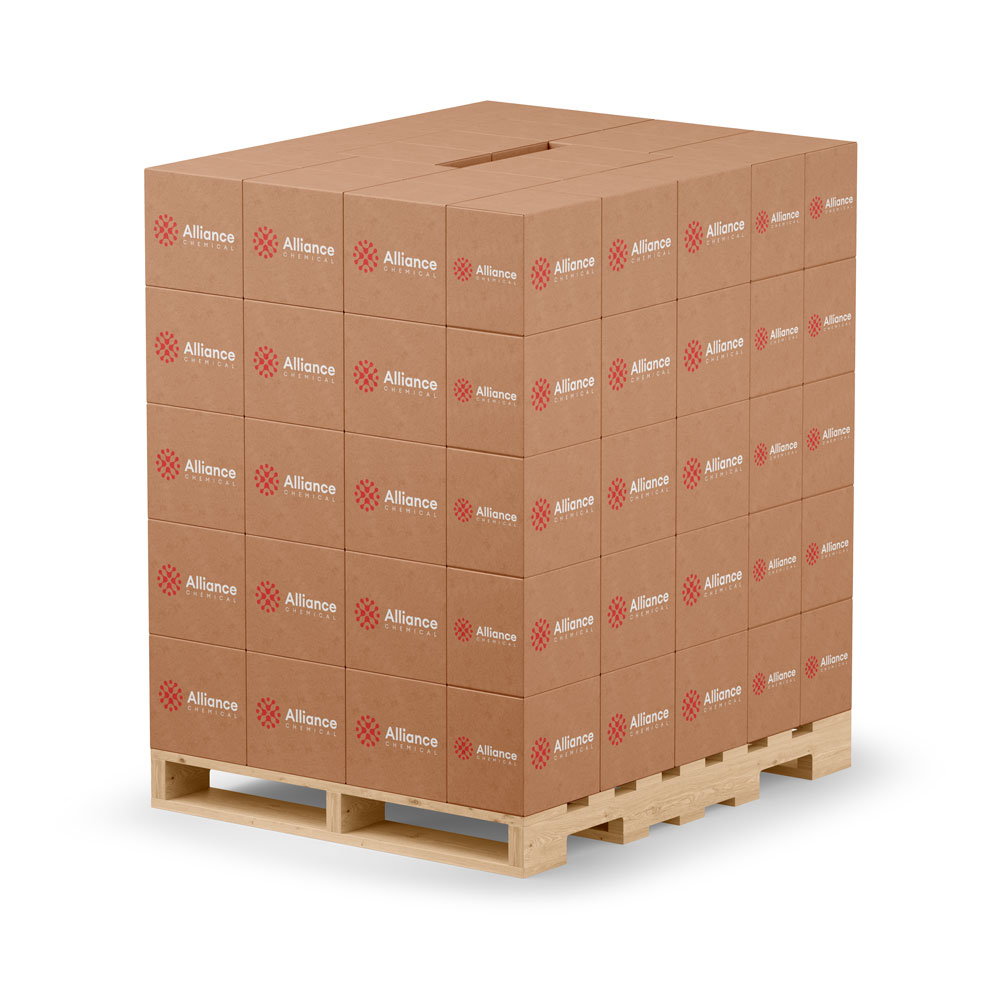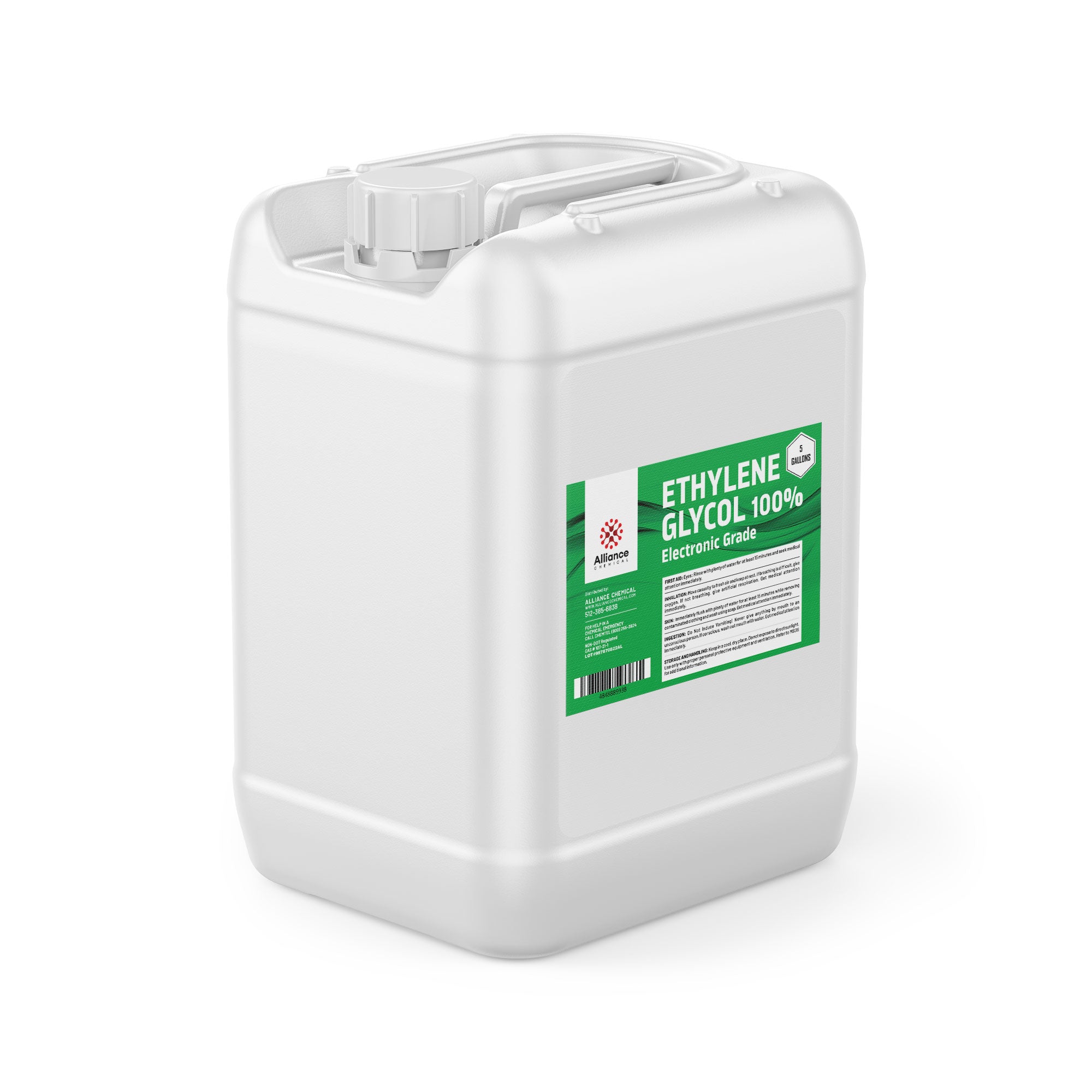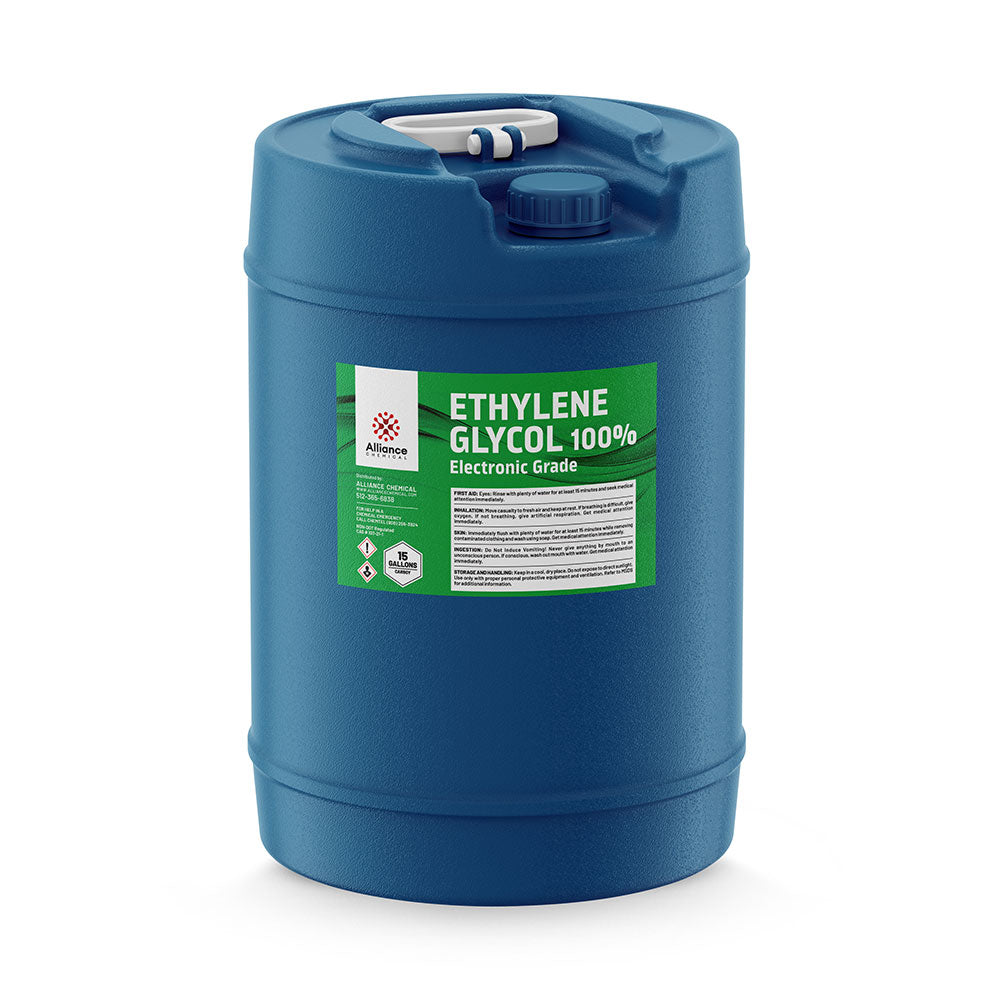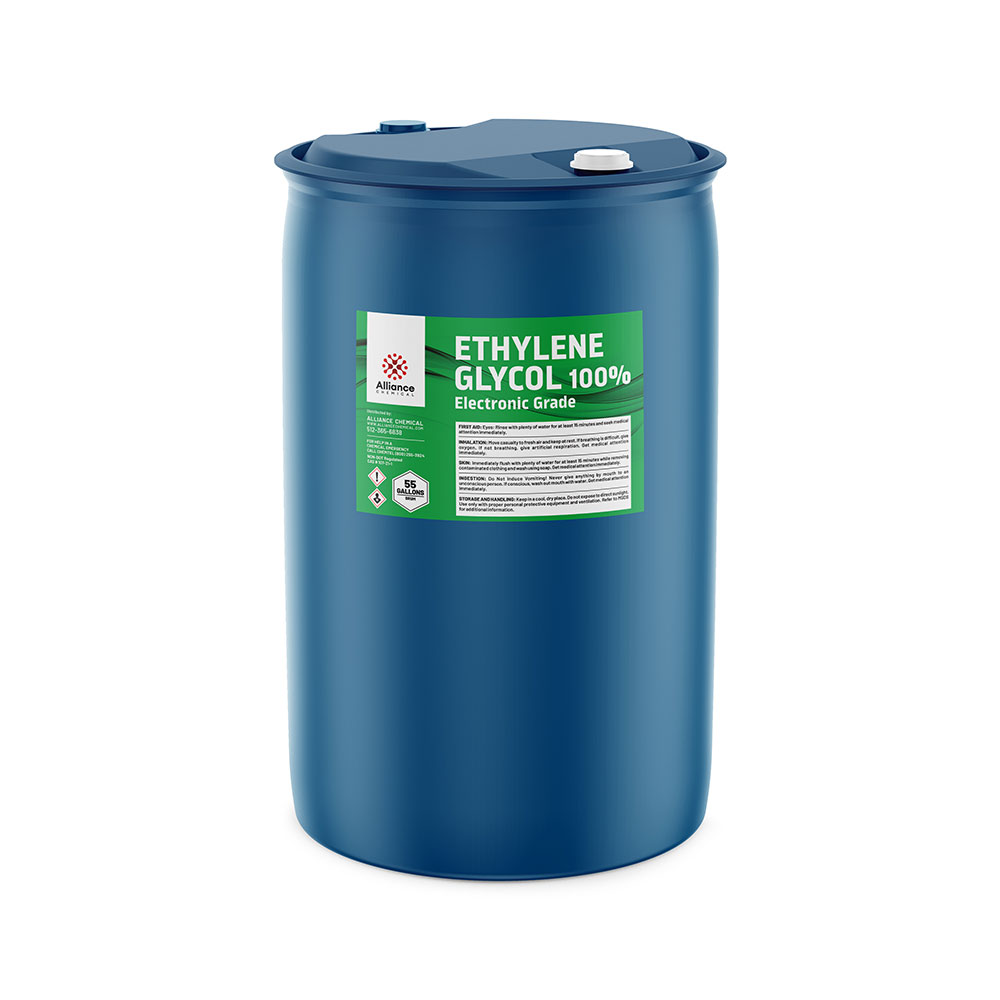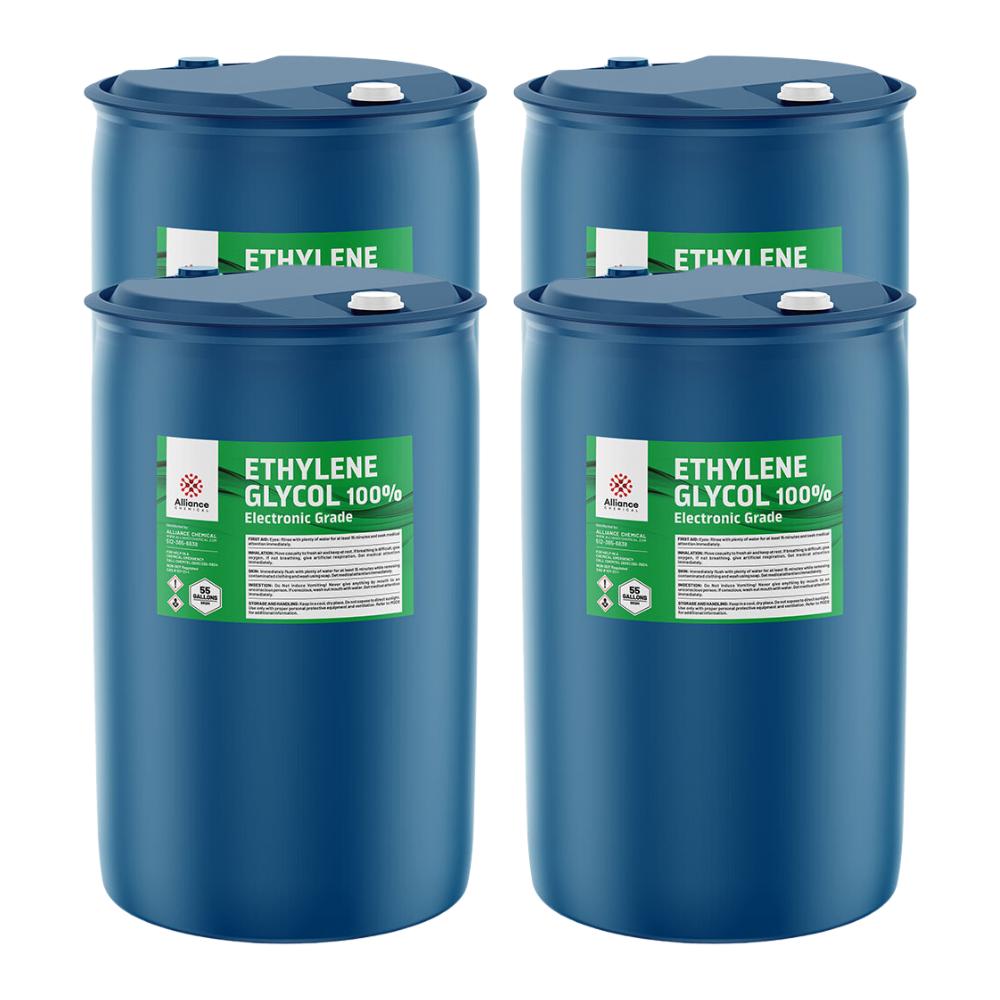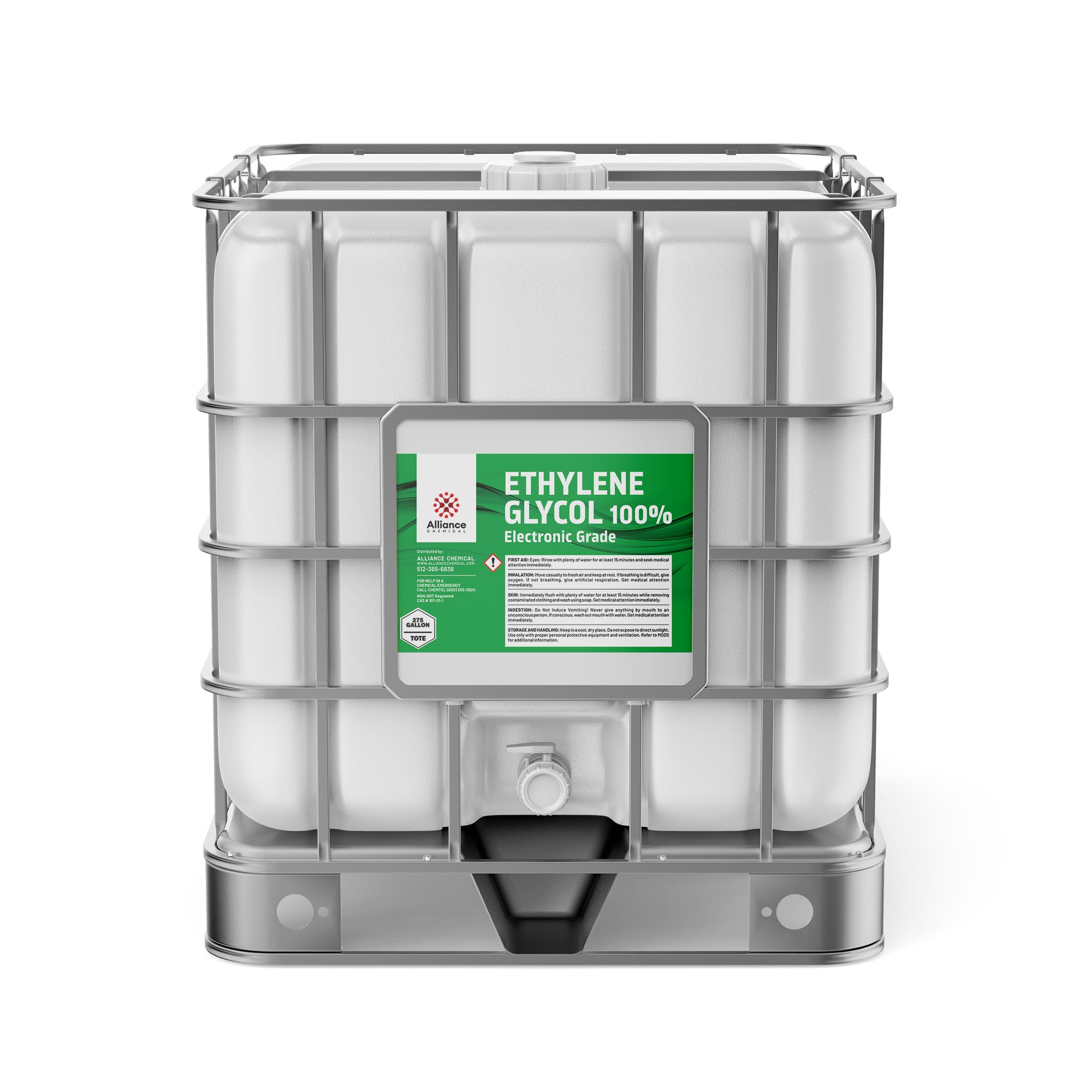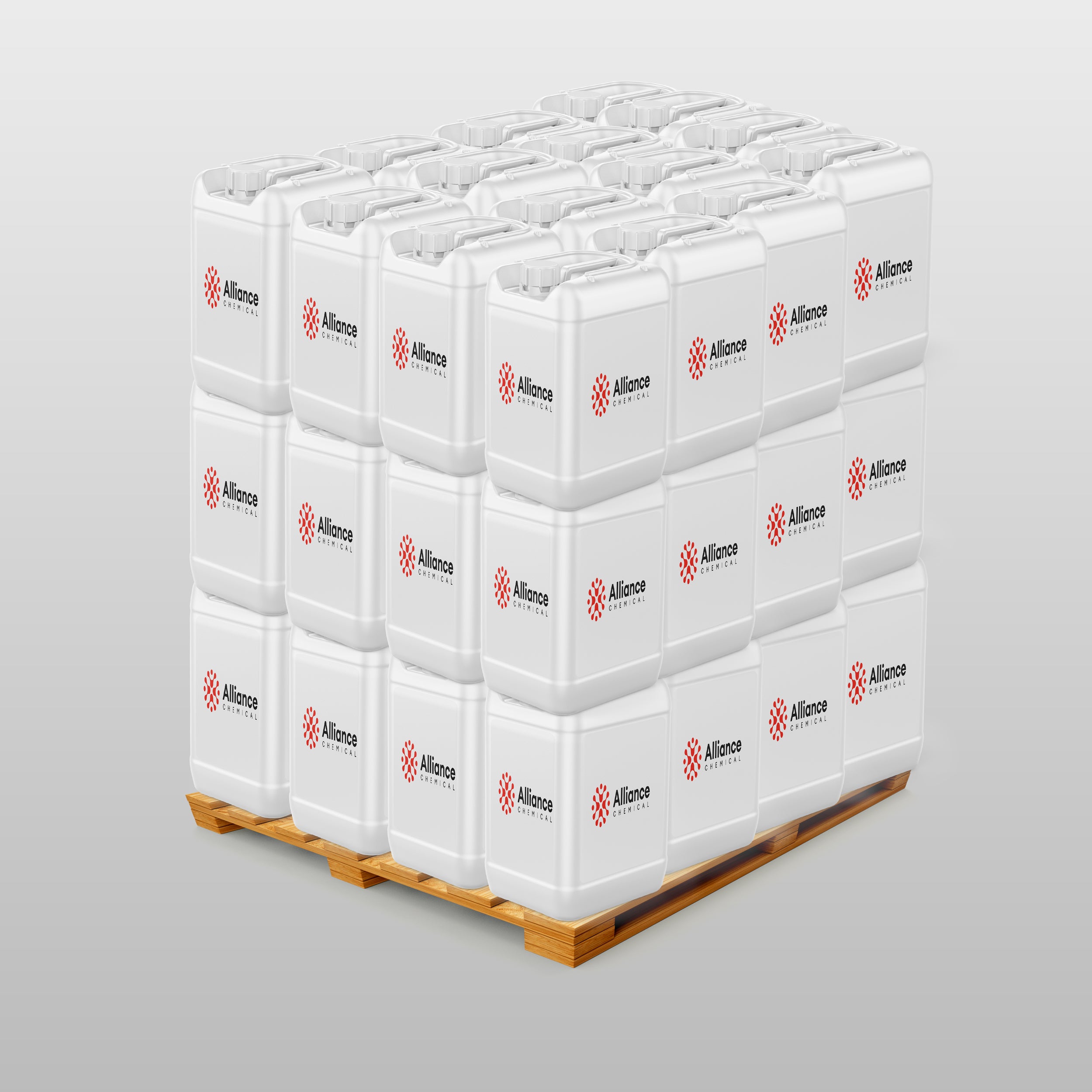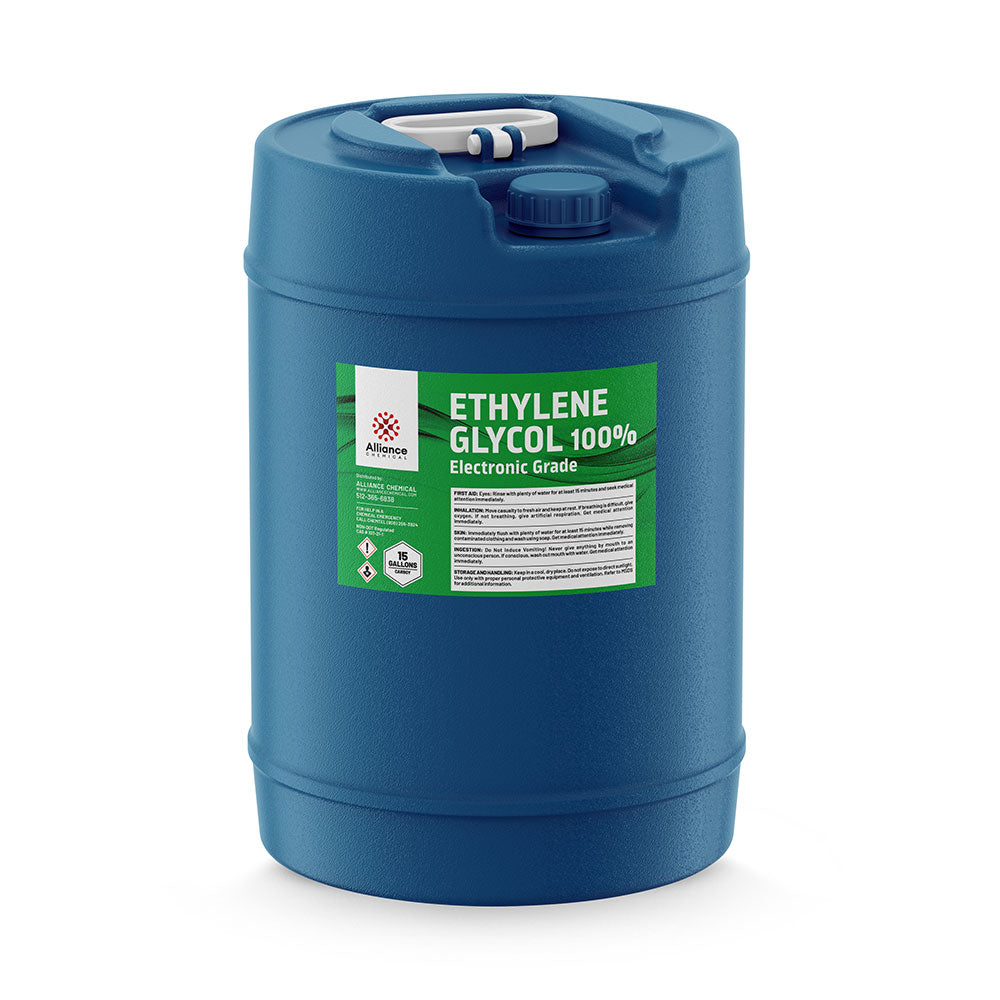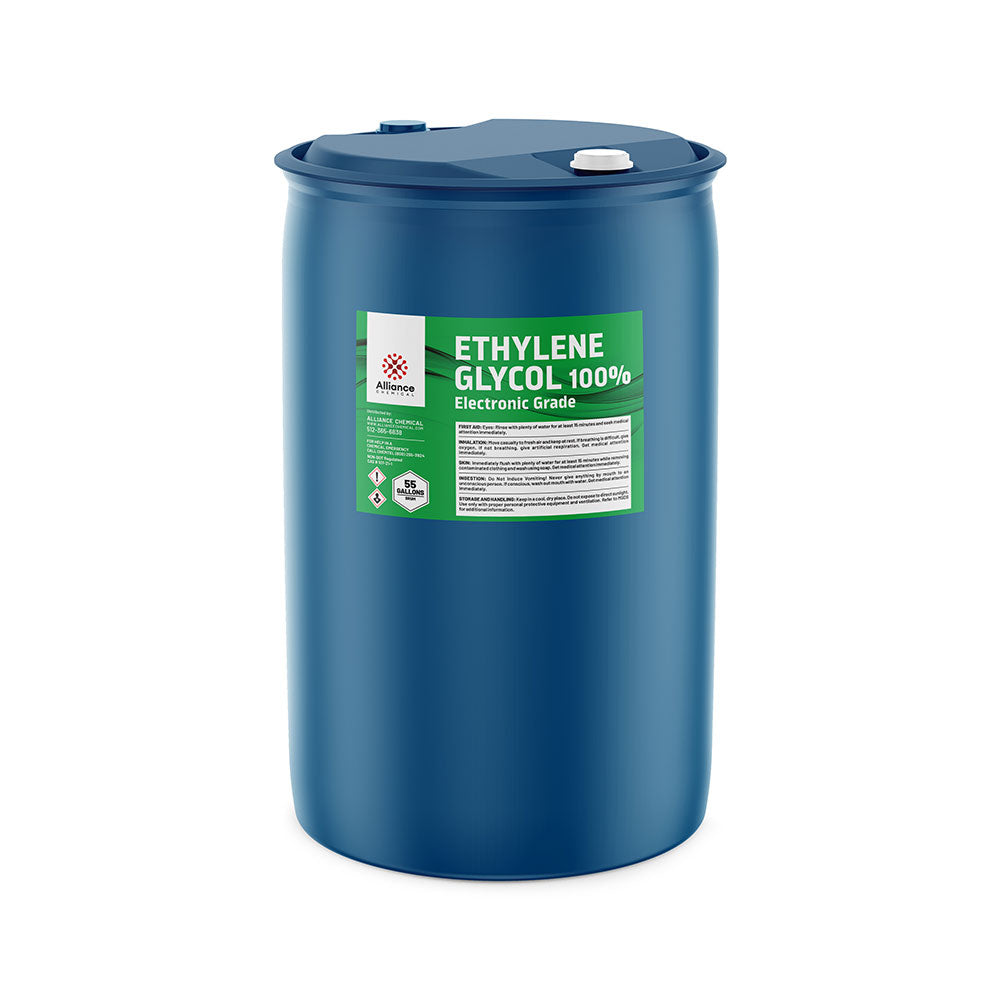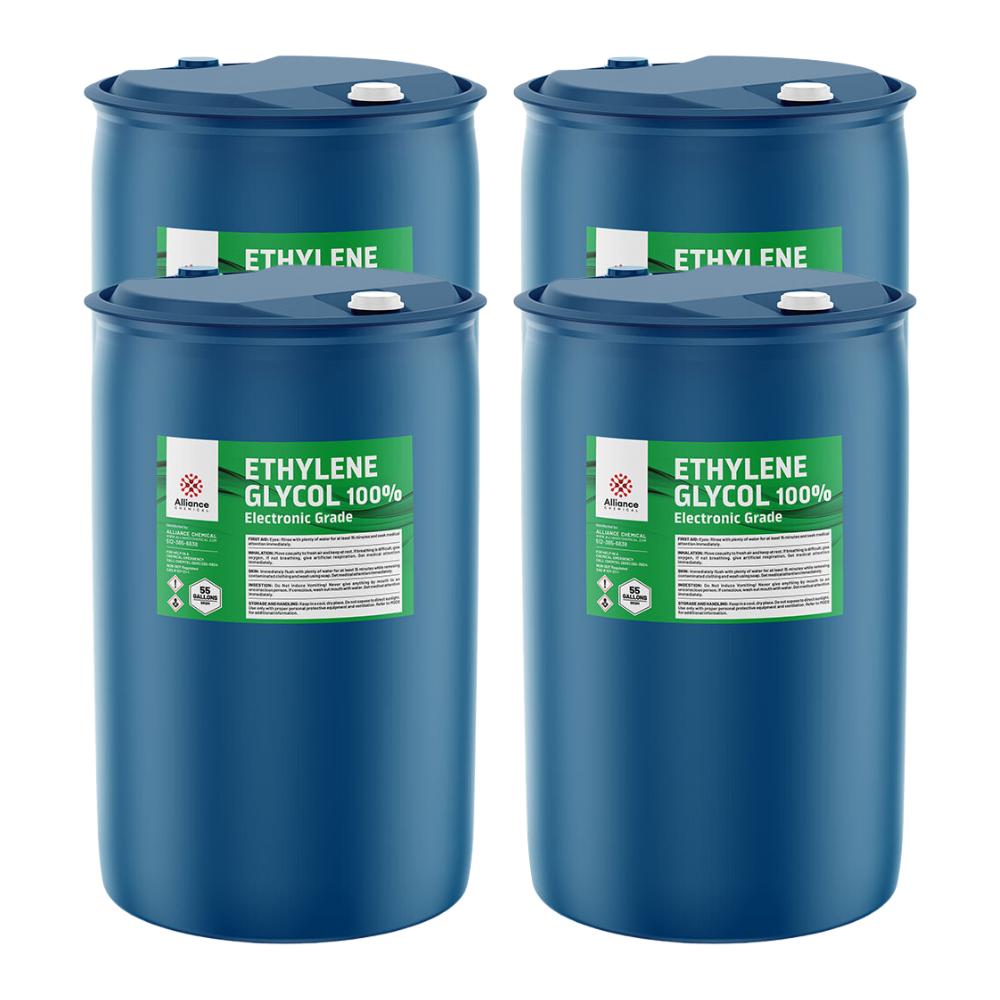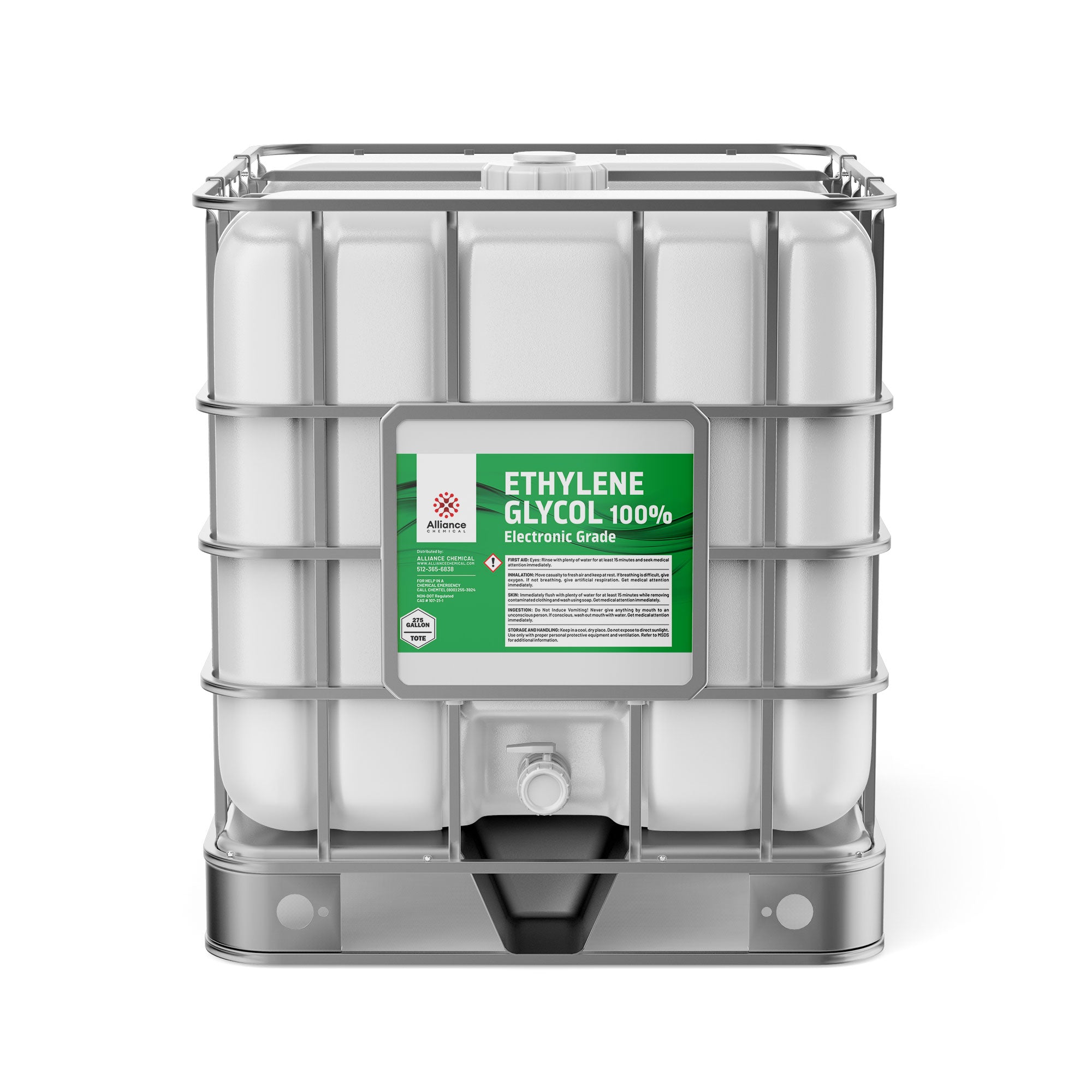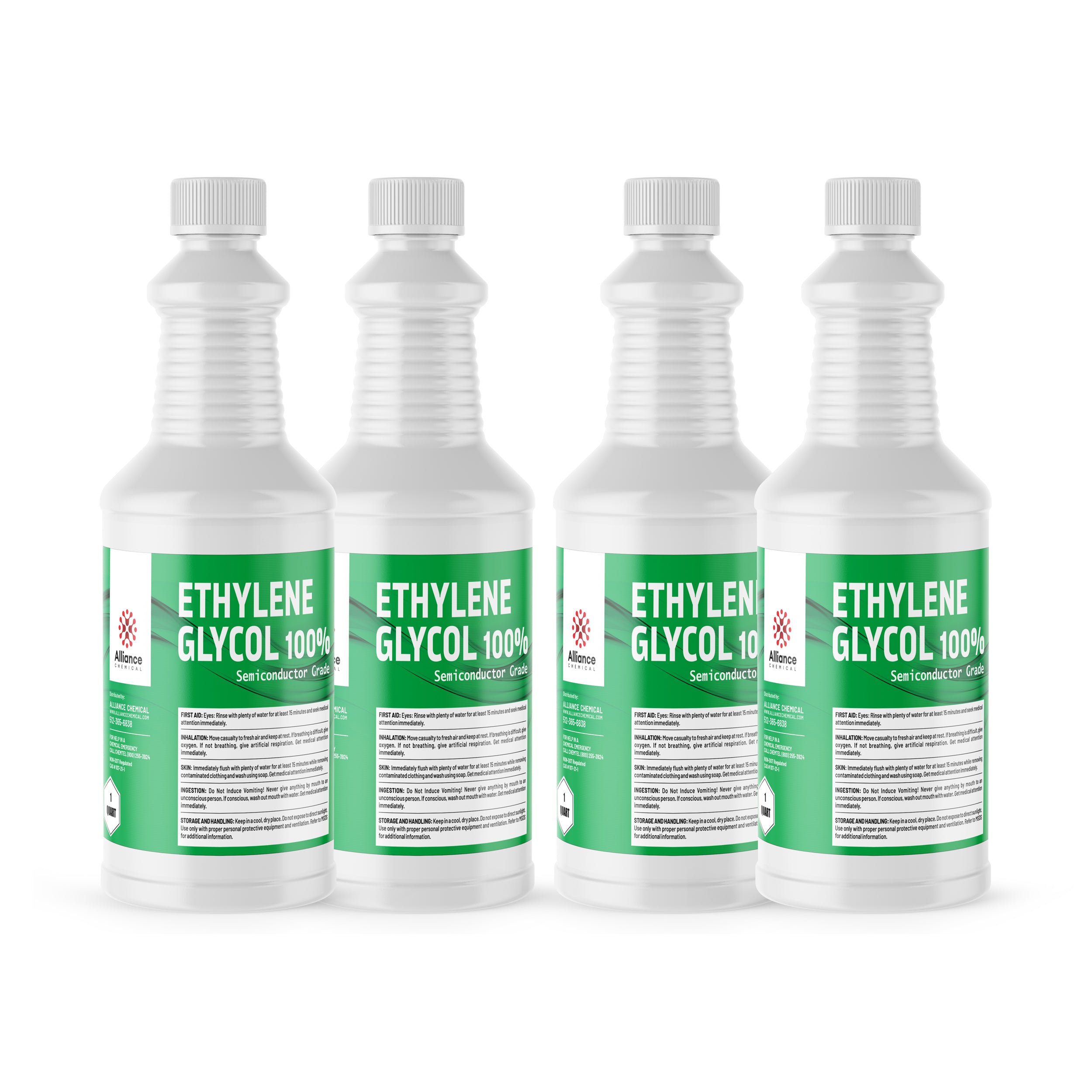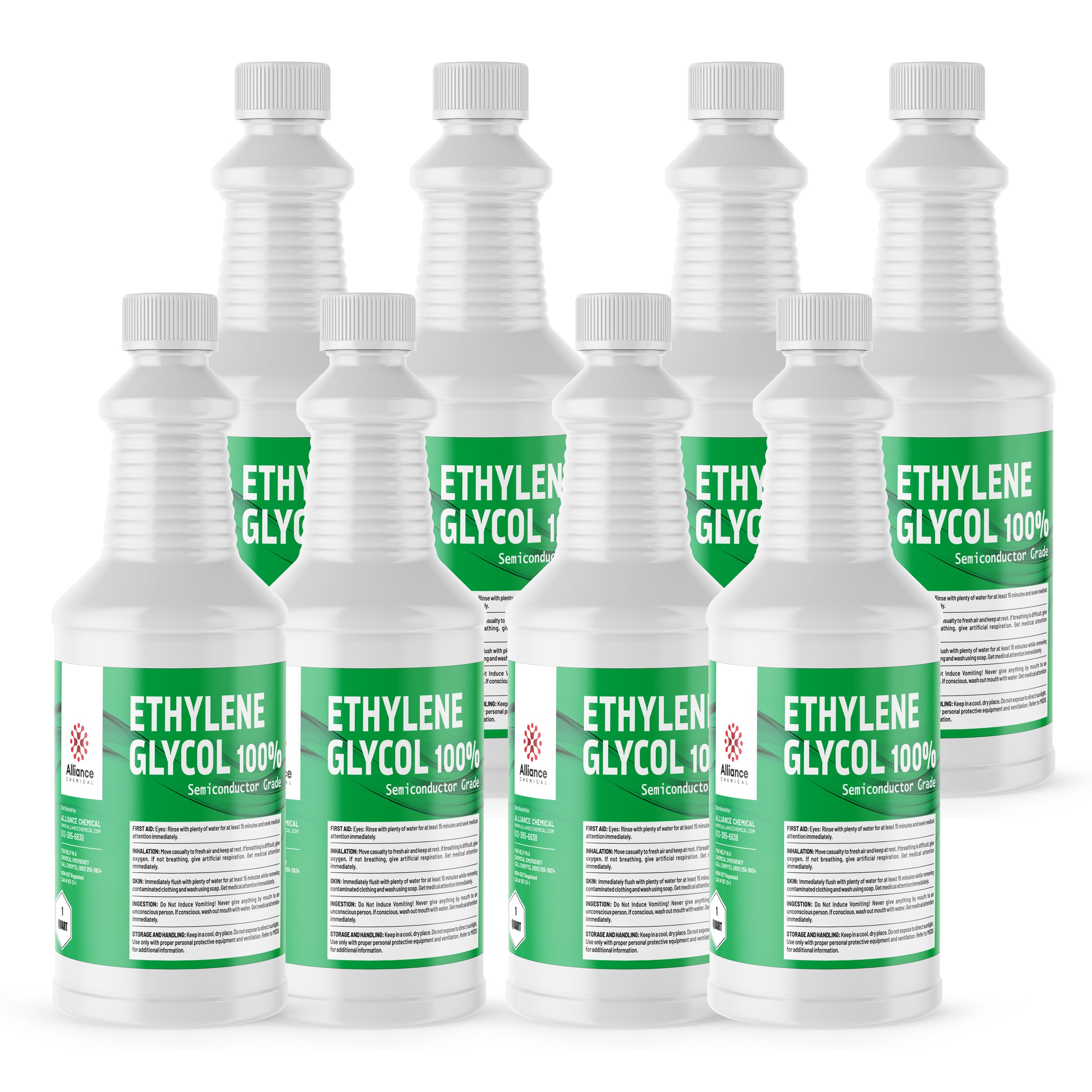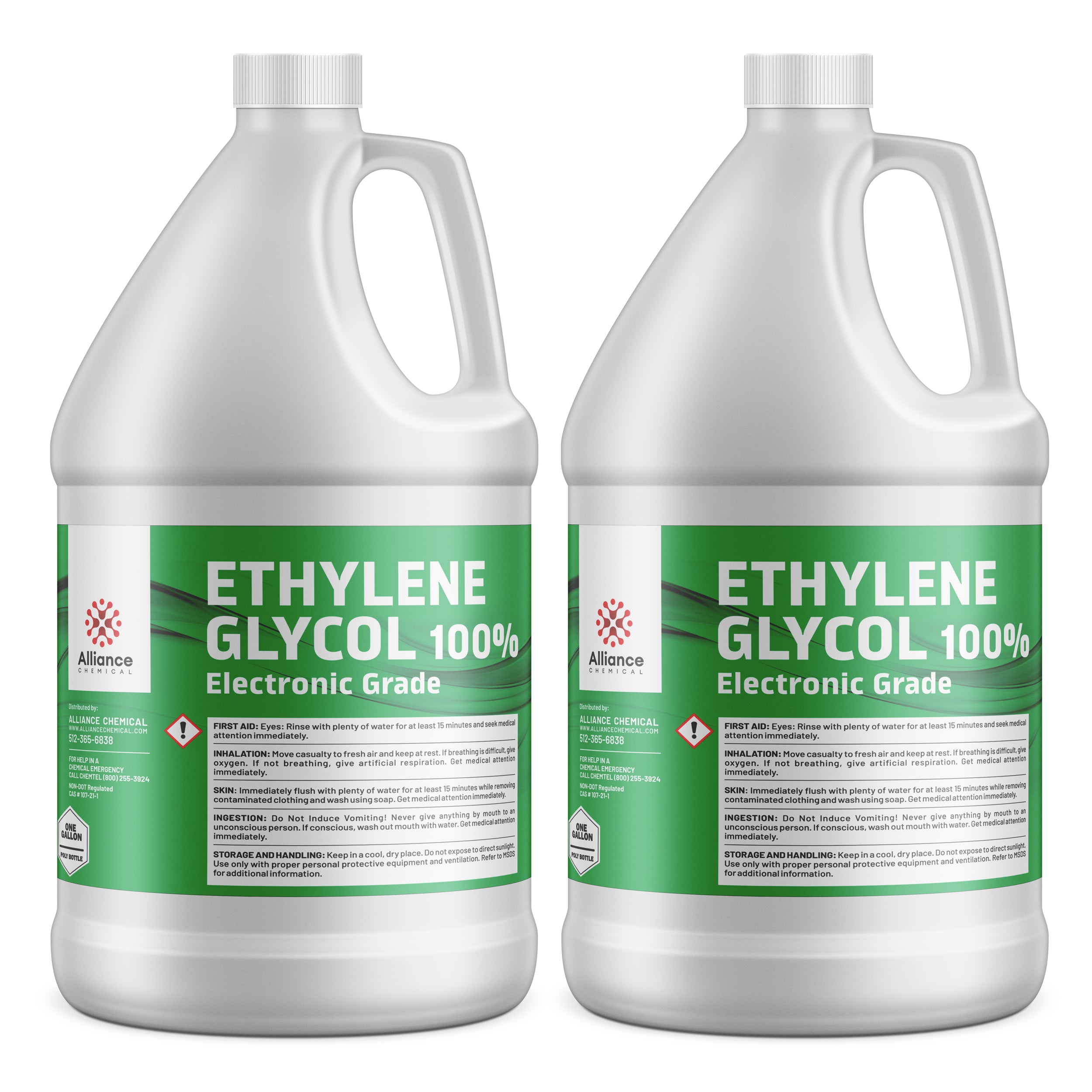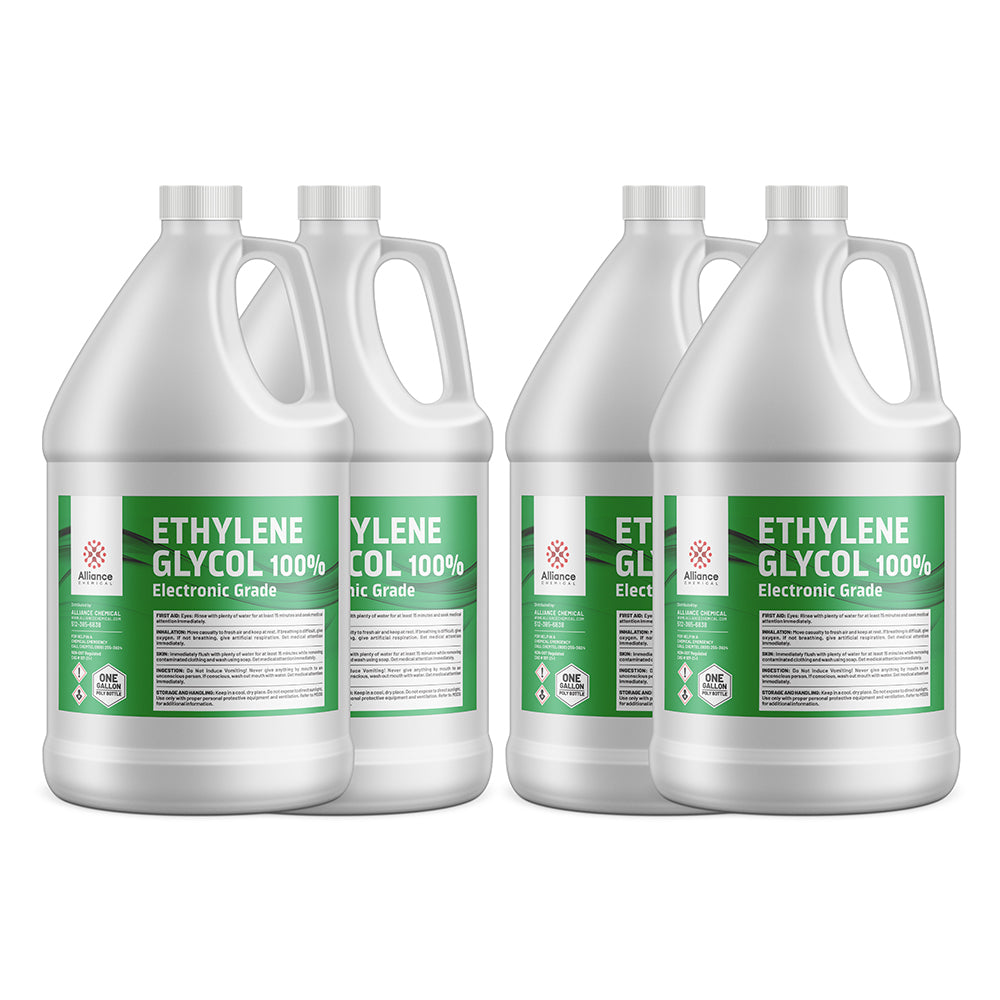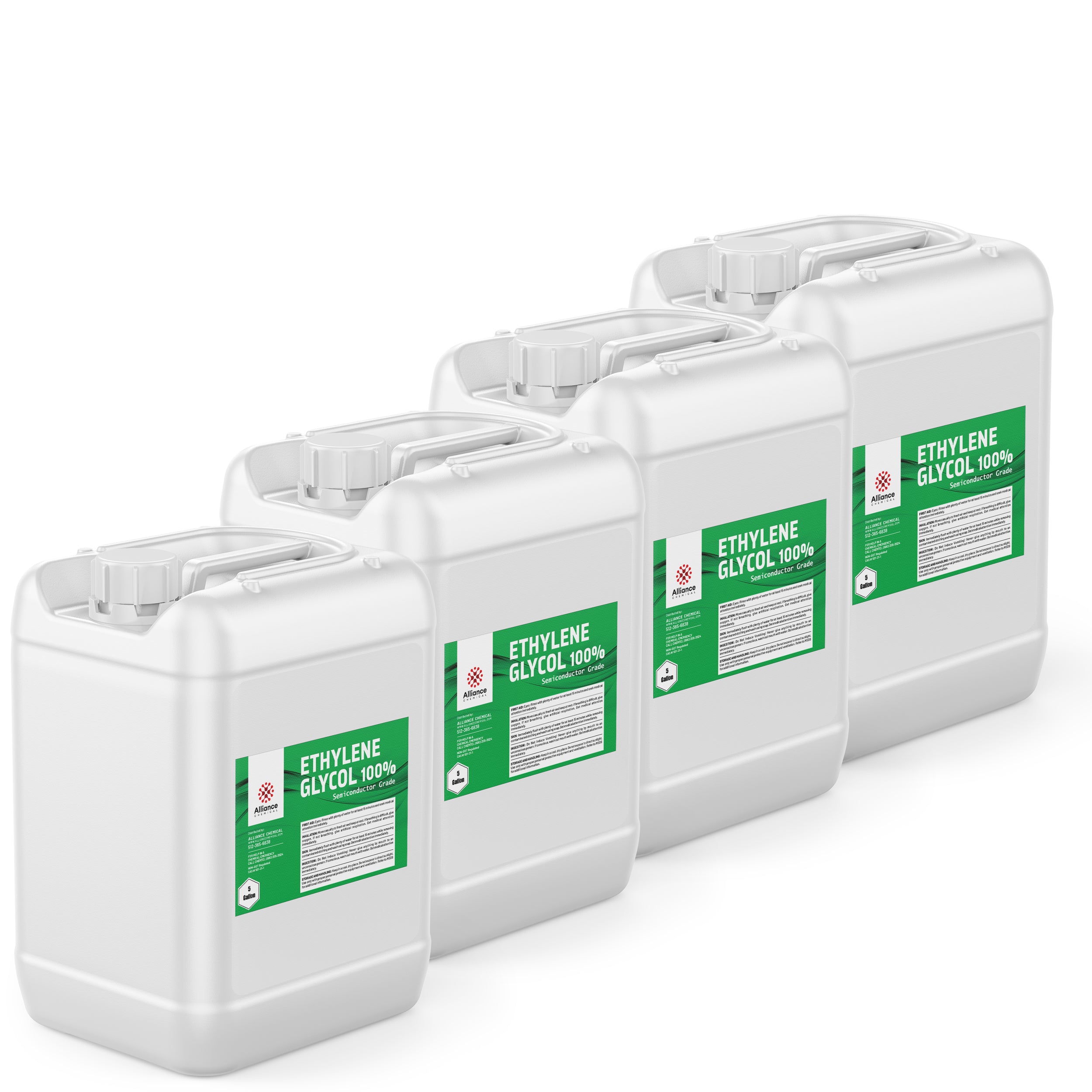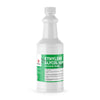Ask a question
Product Overview
Ethylene Glycol Semiconductor Grade is a colorless, odorless hygroscopic liquid designed for precision thermal management and process reliability in advanced semiconductor manufacturing. With a molecular weight of 62.07 g/mol and a high boiling point of 197.3°C, this glycol supports robust heat transfer while maintaining low volatility. The product features a clear, colorless appearance, a slight sweet odor, and a density of approximately 1.114 g/mL at 25°C, enabling predictable performance in closed-loop cooling and microprocessor thermal regulation. Its chemistry is optimized for compatibility with water and a broad range of organic solvents, and the material is supplied with rigorous quality control to meet stringent reagent-grade standards.
The supplier emphasizes precise assay control (assay wt% typically 99.8%, with a minimum 99.5% and maximum 100%), low impurity levels (e.g., chlorides ≤1 ppm, heavy metals at trace levels), and a color performance within APHA/Hazen guidelines (typical 1.5, maximum 3). The product is intended for critical applications requiring stable viscosity, low vapor pressure, and minimal impurities that could affect semiconductor processing, coatings, or solvent-based reactions. Shelf life is 24 months under proper storage, supporting long-term project planning and supply chain reliability.
Key Properties
- Assay (wt%): Min 99.5 – Max 100; Typical 99.8; Test Method: Titration with standardized NaOH
- Color (APHA): Max 3; Typical 1.5; Test Method: APHA/Hazen visual comparison
- Specific Gravity (20°C): Min 1.11 – Max 1.115; Typical 1.113; Test Method: Hydrometer or pycnometer at 20°C
- Residue After Ignition (%): Max 0.1; Typical 0.05; Test Method: Gravimetric residue after ignition at 550°C
- Chloride (ppm): Max 1; Typical 0.5; Test Method: IC or argentometric titration
- Nitrate/Nitrate (ppm): Max 5; Typical 2; Test Method: IC
- Ammonium (ppm): Max 1; Typical 0.5; Test Method: IC
- Sulfate (ppm): Max 5; Typical 2; Test Method: IC
- Phosphate (ppm): Max 1; Typical 0.5; Test Method: IC
- Arsenic (ppm): Max 0.01; Typical 0.005; Test Method: ICP-MS
- Heavy Metals (Pb, ppm): Max 0.5; Typical 0.1; Test Method: ICP-MS
- Iron (ppm): Max 0.5; Typical 0.2; Test Method: ICP-OES
- Copper (ppm): Max 0.2; Typical 0.05; Test Method: ICP-OES
- Manganese (ppm): Max 0.1; Typical 0.03; Test Method: ICP-OES
- Nickel (ppm): Max 0.1; Typical 0.02; Test Method: ICP-OES
- Lead (ppm): Max 0.1; Typical 0.02; Test Method: ICP-OES
- Zinc (ppm): Max 0.5; Typical 0.1; Test Method: ICP-OES
- Aluminum (ppm): Max 0.5; Typical 0.1; Test Method: ICP-OES
- Chromium (ppm): Max 0.1; Typical 0.02; Test Method: ICP-OES
- Cobalt (ppm): Max 0.05; Typical 0.01; Test Method: ICP-OES
- Calcium (ppm): Max 1; Typical 0.5; Test Method: ICP-OES
- Magnesium (ppm): Max 0.5; Typical 0.2; Test Method: ICP-OES
- Potassium (ppm): Max 0.5; Typical 0.1; Test Method: ICP-OES
- Sodium (ppm): Max 0.5; Typical 0.1; Test Method: ICP-OES
- Substances Reducing Permanganate: Passes test; Test Method: Potassium permanganate time test
- Sulfurous Acid (H₂SO₃, ppm): Max 2; Typical 1; Test Method: Colorimetric or IC
- Boiling Point: 197.3°C
- Vapor Pressure (20°C): 0.06 mmHg
- Viscosity (20°C): 1.2 cP; (25°C): 1.1 cP; Test Method: Kinematic viscometer
- Refractive Index (20°C): 1.431; Test Method: Refractometry
- Density (25°C): 1.114 g/mL
- Molecular Weight: 62.07 g/mol
- Solubility: Miscible with water and many organic solvents
- Melt/Freeze Point: -12.9°C
- Storage/Handling Notes: 24 months shelf life; stored under inert atmosphere recommended
Common Applications
- Application Category: Coolant in Semiconductor Manufacturing — Utilized as a coolant in semiconductor fabrication processes to maintain optimal temperatures and ensure process stability in photolithography, etching, and deposition tools.
- Industrial Application: Heat Transfer Fluid — Serves as a robust heat transfer fluid in systems requiring low vapor pressure, high thermal stability, and compatibility with diverse materials.
- Automotive Application: Antifreeze Agent — Used in automotive cooling systems to lower freezing point and improve heat rejection in engines operating across wide temperature ranges.
- Chemical Manufacturing: Solvent in Reactions — Acts as a polar aprotic solvent for a range of chemical syntheses and purification steps with favorable miscibility characteristics.
- Polymer Industry: Plasticizer — Employed as a plasticizer in plastic and resin formulations to adjust flexibility and processing behavior.
- Analytical Chemistry: Calibration and Cleaning Solvent — Used for rinse and cleaning steps in instrumentation that require low trace impurities.
- PCB and Microelectronics: Cleaning and Degreasing Solvent — Applied in controlled environments for equipment and wafer cleaning with minimal residue formation.
Safety Precautions
Handle and store Ethylene Glycol Semiconductor Grade in a cool, dry area away from direct sunlight. Use containers made of HDPE or glass; ensure adequate ventilation and avoid contact with strong oxidizers or acids. Wear appropriate PPE including chemical-resistant gloves, safety goggles, and lab coats to minimize exposure during handling. Maintain inert or positive pressure as specified to prevent oxidation or degradation; monitor odor and ensure spill containment measures are in place.
In case of exposure, follow SDS-guided emergency procedures: seek immediate medical attention for ingestion or significant exposure. Eyes: rinse cautiously with water for several minutes; skin: wash with soap and water; inhalation: move to fresh air; ingestion: rinse mouth and avoid vomiting. Transport and store as an environmentall hazardous substance, un Number 3082, with Class 9 packaging and proper shipping name; follow UN regulations for hazardous liquids and ensure spill response readiness.
Benefits
✔ High Purity Reagent-Grade Quality – Meets ACS Reagent Grade specifications and USP-NF monograph expectations, minimizing impurities that could affect semiconductor processes.
✔ Stable Thermal Properties – Controlled viscosity and vapor pressure enable reliable heat transfer performance and reduced evaporation losses in precision applications.
| Property | Value |
|---|---|
| Molecular Weight | 62.07 g/mol |
| Formula | C2H6O2 |
| Assay | 100%% |
| Grade | Semiconductor |
| Flash Point | 111 |
| Form | Liquid |
| Solubility | Highly miscible with water, polar organic solvents |
| Appearance | Clear, colorless, transparent liquid |
| Melting Point | -13 °C |
| Boiling Point | 197 °C |
| Specific Gravity | 1.113 |
| Industry | Industrial, Semiconductor, Electronics |
NCJ-7VK-HBN
$14.11
Unit price
Compare Products
| Price |
|---|
| SKU |
| Rating |
| Discount |
| Vendor |
| Tags |
| Weight |
| Stock |
| Short Description |

